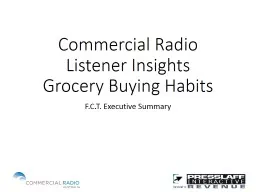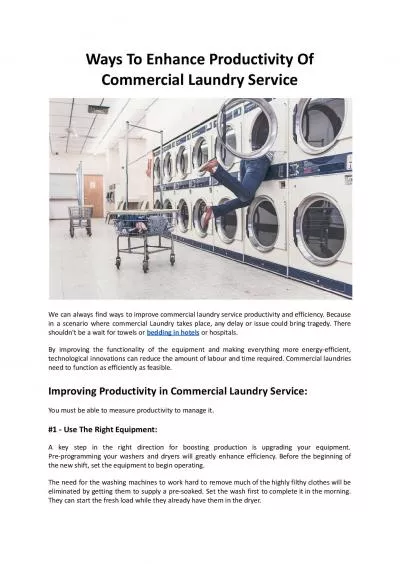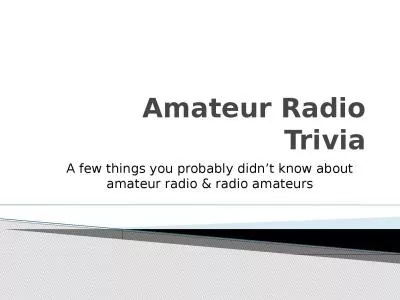PPT-Commercial Radio Listener Insights
Author : jane-oiler | Published Date : 2018-02-14
Grocery Buying Habits FCT Executive Summary Meet Your Shoppers Women made up the majority of respondents and shoppers The respondent pool was 87 women to 13 men
Presentation Embed Code
Download Presentation
Download Presentation The PPT/PDF document "Commercial Radio Listener Insights" is the property of its rightful owner. Permission is granted to download and print the materials on this website for personal, non-commercial use only, and to display it on your personal computer provided you do not modify the materials and that you retain all copyright notices contained in the materials. By downloading content from our website, you accept the terms of this agreement.
Commercial Radio Listener Insights: Transcript
Download Rules Of Document
"Commercial Radio Listener Insights"The content belongs to its owner. You may download and print it for personal use, without modification, and keep all copyright notices. By downloading, you agree to these terms.
Related Documents














